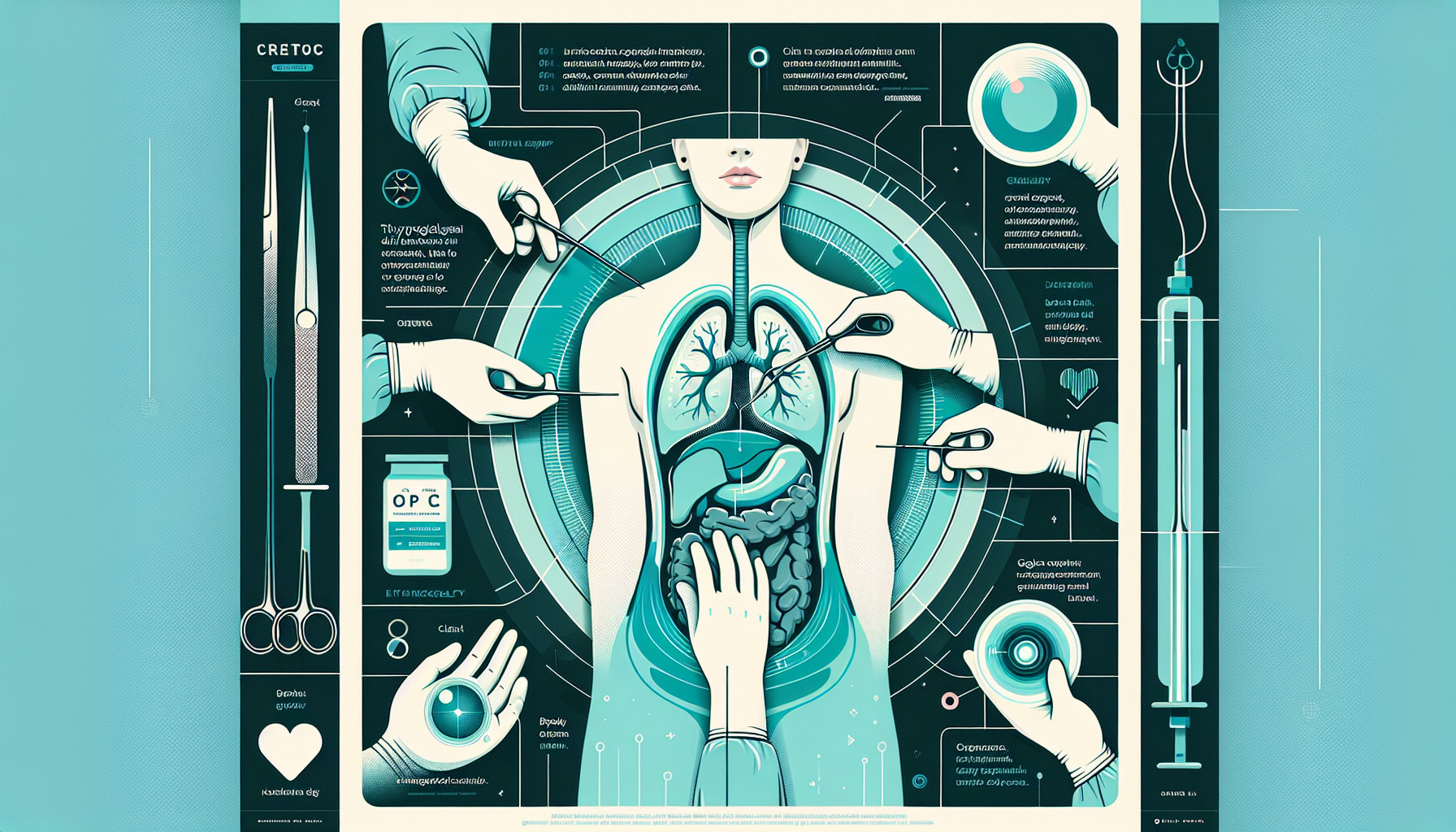Our Summary
This study focuses on thyroglossal cysts (TGCs), which are usually found in children and young adults but can also occur in older adults. There is ongoing debate about how these cysts present differently in children and adults, and if they are related to gender or the chance of the cysts coming back after surgery. This study looked at adults who had surgery for TGCs and also had thyroid disease.
The researchers looked at data from 16 patients who had surgery for TGCs at a hospital between 2018 and 2024. The patients were diagnosed in various ways including ultrasound, CT scan, MRI, or during surgery. The standard surgery for TGCs is called the Sistrunk procedure, and most patients underwent this, but a few had a cyst excision.
The researchers found that among the 16 patients, one person had thyroid cancer detected in the cyst before surgery. 12 of the patients also had a common adult thyroid disease called nodular thyroid disease, and of these, 3 had thyroid cancer detected before surgery. Some of the patients also had to have their thyroid removed due to cancer or had additional thyroid surgery due to the nodular thyroid disease.
The researchers followed up with patients for up to 67 months after their surgery, and none of them had a recurrence of their TGC.
The conclusion from this study is that it’s not uncommon for patients with TGCs to also have thyroid disease or need thyroid surgery. Therefore, patients with TGCs should be checked for thyroid disease before they have surgery. The researchers also suggest that if the TGC is located below a certain bone in the neck, a total cyst excision might be enough, instead of the standard Sistrunk procedure.
FAQs
- What is the standard surgical procedure for thyroglossal cysts?
- Is there a chance of thyroglossal cysts recurring after surgery?
- What other conditions should be checked for in patients with thyroglossal cysts before they undergo surgery?
Doctor’s Tip
One helpful tip a doctor might tell a patient about thyroglossal duct cyst removal is to make sure to follow up with regular thyroid screenings after surgery, as there may be a higher risk of thyroid disease or cancer in patients with TGCs. It’s important to stay proactive about monitoring your thyroid health to catch any issues early on.
Suitable For
Overall, patients who are typically recommended thyroglossal duct cyst removal are those who have been diagnosed with TGCs, especially if they are experiencing symptoms such as pain, swelling, or difficulty swallowing. Additionally, patients who have a history of thyroid disease or have been diagnosed with thyroid cancer should also consider surgery to remove the cyst. It is important for patients to undergo thorough evaluation and imaging studies to determine the best course of treatment, as well as to monitor for any potential complications or recurrence of the cyst after surgery.
Timeline
Overall, the timeline for a patient before and after thyroglossal duct cyst removal would include:
Before Surgery:
- Symptoms of a neck lump or swelling
- Diagnosis through imaging tests such as ultrasound, CT scan, or MRI
- Possible biopsy to rule out cancer
- Pre-operative evaluation and preparation for surgery
During Surgery:
- Standard Sistrunk procedure or cyst excision surgery
- Removal of the cyst and part of the hyoid bone
- Possible detection of thyroid disease or cancer within the cyst
After Surgery:
- Follow-up appointments and monitoring for recurrence
- Possible additional thyroid surgery if nodular thyroid disease or cancer is detected
- Long-term follow-up to ensure no recurrence of the TGC or complications from surgery
Overall, the timeline for a patient before and after thyroglossal duct cyst removal involves diagnosis, surgery, and post-operative monitoring to ensure a successful outcome and prevent recurrence.
What to Ask Your Doctor
- What is the likelihood of my thyroglossal duct cyst being cancerous?
- Should I undergo additional testing, such as a biopsy, to check for thyroid cancer before surgery?
- Will I need to have my thyroid removed during the surgery for the thyroglossal duct cyst?
- What are the potential risks and complications associated with the surgery for thyroglossal duct cyst removal?
- How long is the recovery period after surgery, and what can I expect in terms of pain and discomfort?
- Will I need to take any medications or follow a specific diet after the surgery?
- What are the chances of the thyroglossal duct cyst coming back after surgery?
- Are there any lifestyle changes I should make to prevent future occurrences of thyroglossal duct cysts?
- How often should I follow up with you after the surgery?
- Are there any specific symptoms I should watch out for that may indicate a complication or recurrence of the thyroglossal duct cyst?
Reference
Authors: Yanar C, Cetinoglu I, Sengul Z, Caliskan O, Taner Unlu M, Aygun N, Uludag M. Journal: Sisli Etfal Hastan Tip Bul. 2024 Sep 30;58(3):291-297. doi: 10.14744/SEMB.2024.99390. eCollection 2024. PMID: 39411044
